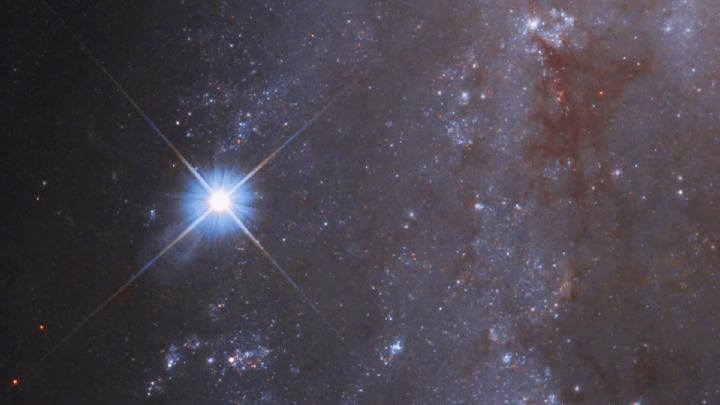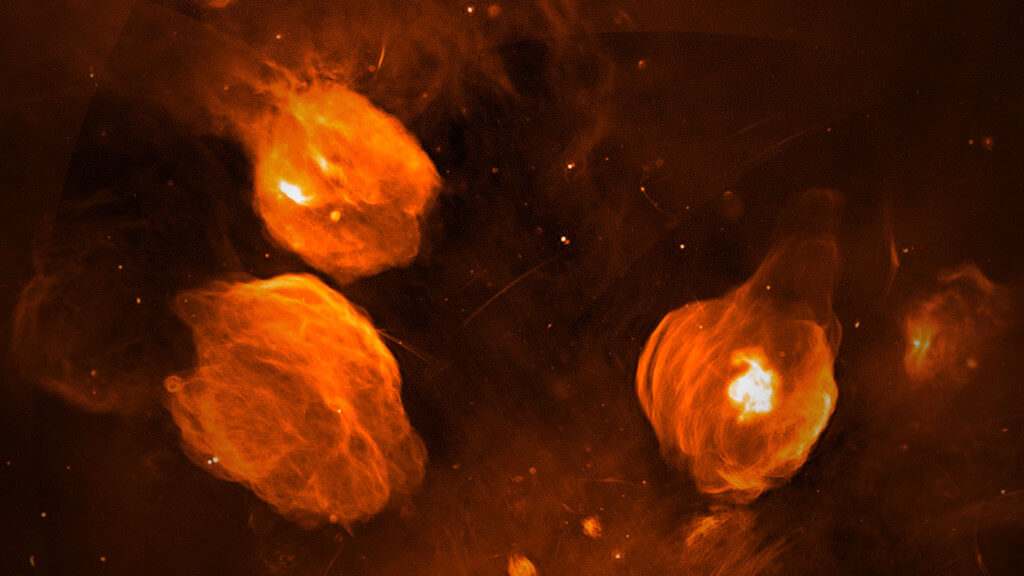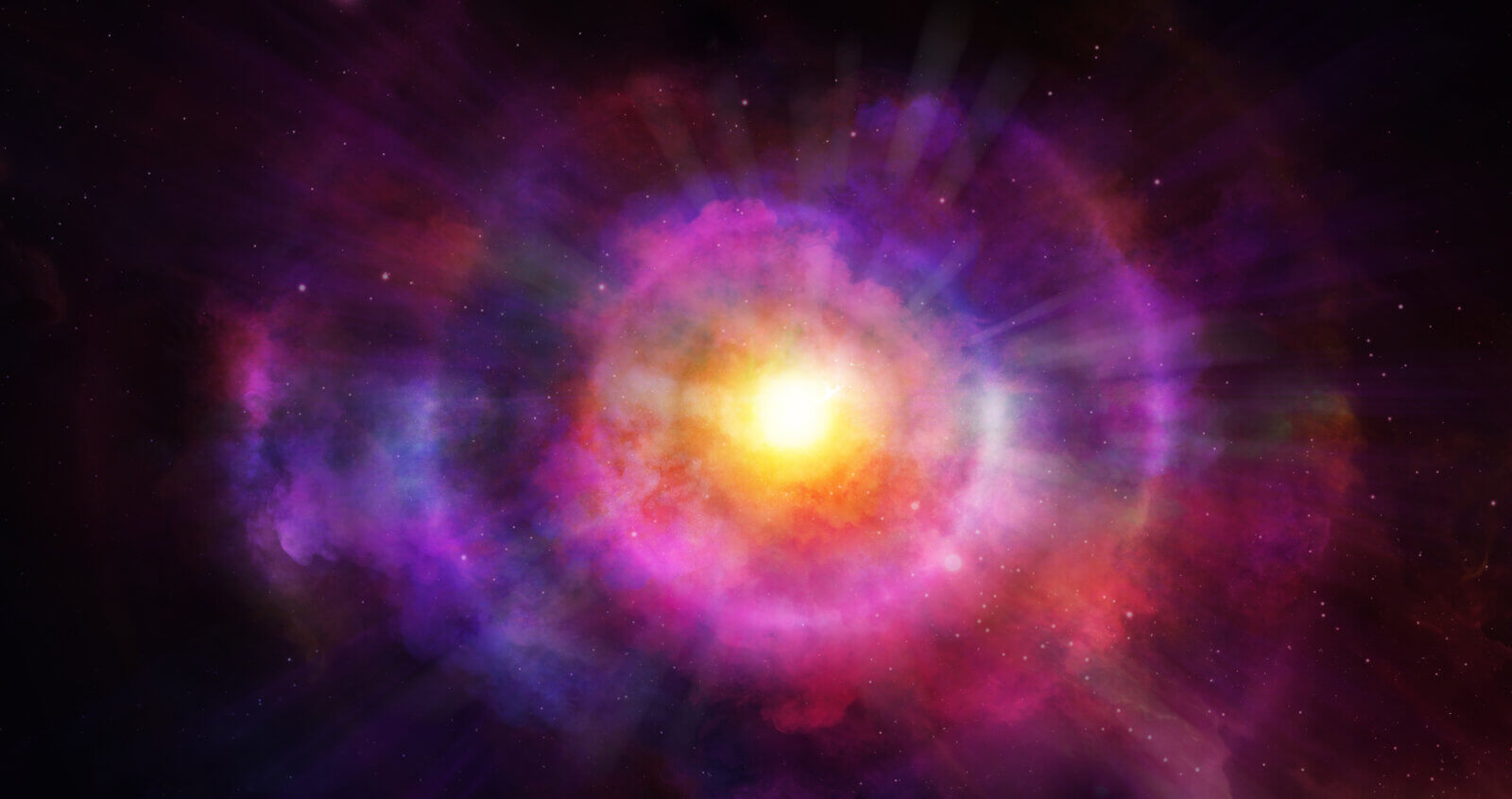COLUMBUS, Ohio — An exploding supernova may have unveiled some chemical secrets behind the formation of our universe. Data taken from the James Webb Space Telescope allowed astrophysicists to observe whether chemical elements were released into the surrounding cosmos after the massive explosion.
The explosion occurred in a faraway spiral galaxy about 40 million light-years from Earth. Despite its extreme distance, it has been a popular area of exploration among scientists looking to understand how star-forming nebulas form and evolve. The explosion was a carbon-oxygen white dwarf star classified as a Type 1a supernova.
“White dwarf explosions are important to the field of cosmology, as astronomers often use them as indicators of distance,” says Michael Tucker, a fellow at the Center for Cosmology and AstroParticle Physics at The Ohio State University and co-author of the study, in a university release. “They also produce a huge chunk of the iron group elements in the universe, such as iron, cobalt, and nickel.”
Light elements like hydrogen and helium were created after the Big Bang, but heavier elements are made only through thermonuclear reactions that happen inside a supernova. Understanding how these explosions impact the distribution of iron elements around the universe could give astronomers a better idea of the chemical formation of the universe.

“As a supernova explodes, it expands, and as it does so, we can essentially see different layers of the ejecta, which allows us to probe the nebula’s core,” explains Tucker.
The event happens through a process called radioactive decay. This is when an unstable atom emits energy to become more stable. Supernovas release radioactive high-energy photons. The scientists’ current focus is on how the supernova causes the isotope cobalt-56 to decay into iron-56.
For years, astronomers have been stumped on what effect the decay of cobalt-56 has on its surroundings. Do the fast-moving particles made from the reaction leak into the galaxy, or are they held back through magnetic fields created by supernovas?

The data the Webb Telescope captured allowed astrophysicists to confirm that the materials released from the supernova didn’t escape the confines of the explosion.
“This study validates almost 20 years’ worth of science,” Tucker explains. “It doesn’t answer every question, but it does a good job of at least showing that our assumptions haven’t been catastrophically wrong.”
The study is published in The Astrophysical Journal Letters.
You might also be interested in:
- Images of giant supernova from 11 billion years ago hint at what universe looked like right after Big Bang
- Hubble Telescope spots exploding star in distant ‘fireworks display’
- Best Of The Best Telescopes For Beginners In 2023: Top 5 Stargazers Most Recommended By Experts

Lea la versión en español en EstudioRevela.com: Ciencia de supernovas: ¿Qué sucede químicamente cuando una estrella explota?
